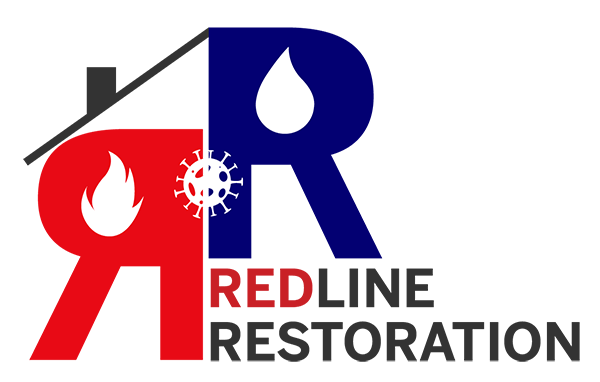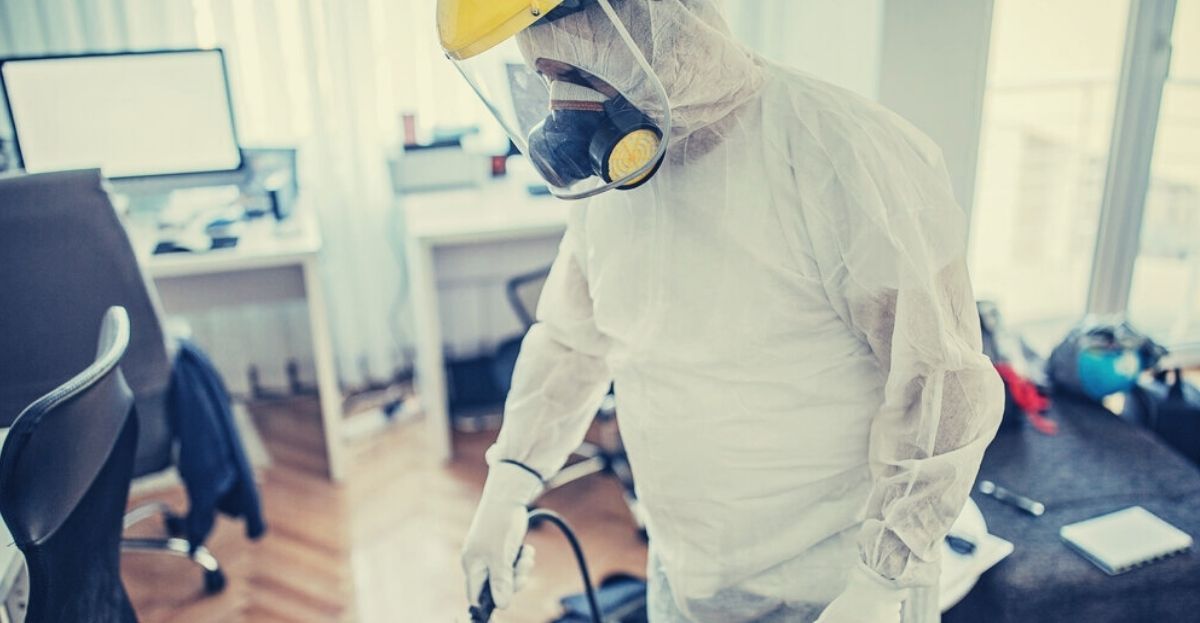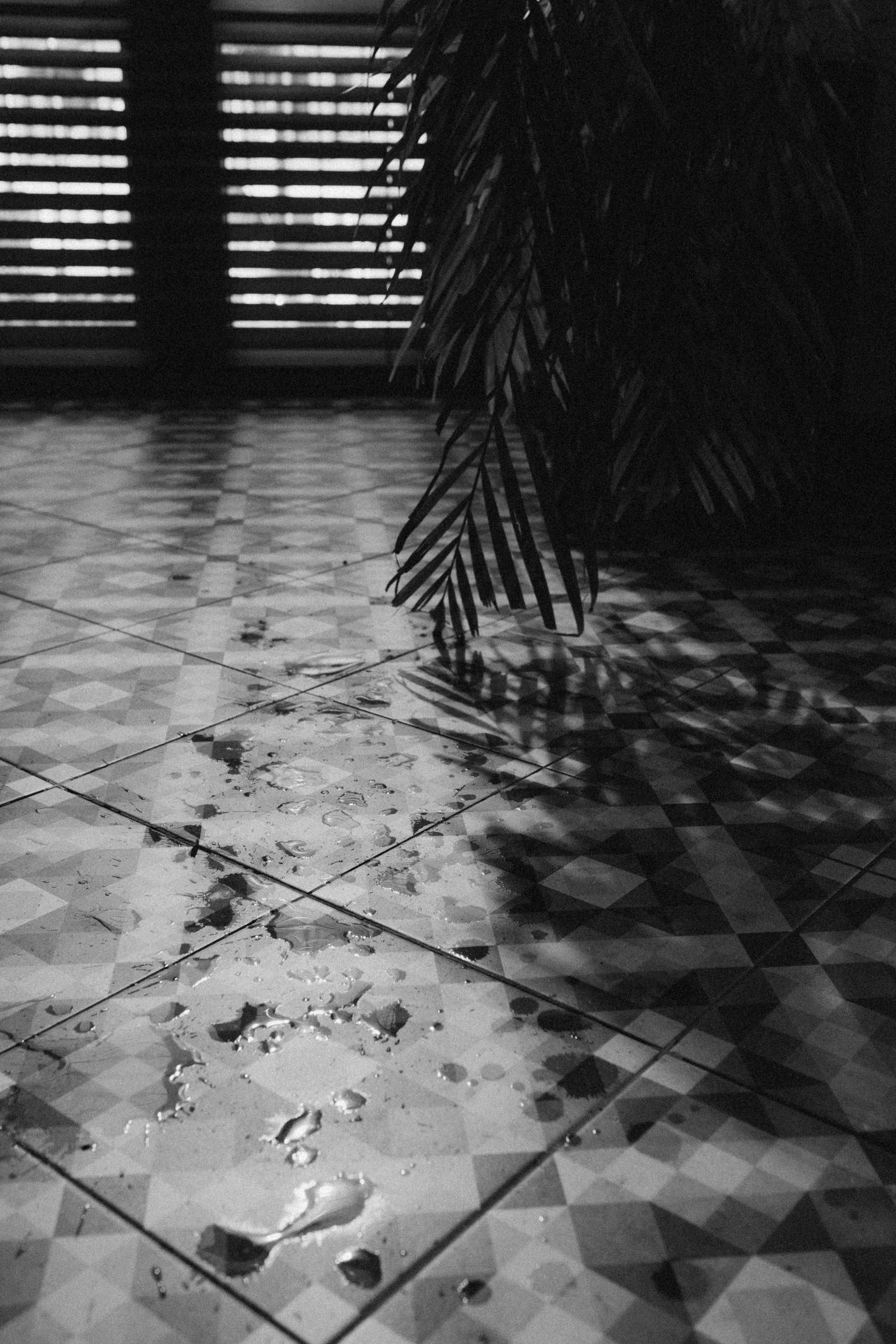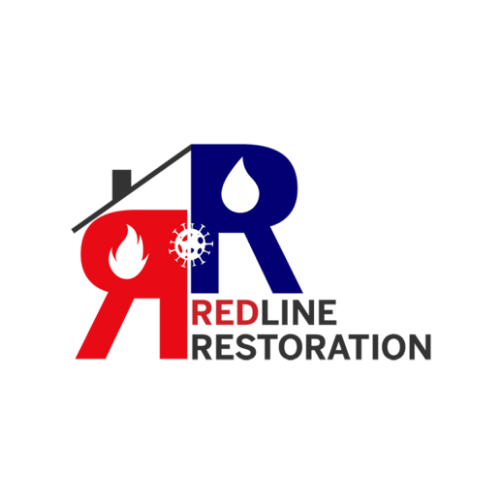How Many Classes of Fire Are There and How Can Redline Restoration Help?
Fires can strike anywhere, anytime, and they don’t all behave the same. Understanding what type of fire you’re facing is critical for responding safely and effectively. Even if it’s a small spark in a home kitchen or a large blaze in a commercial facility, knowing the correct class of fire can help you choose the right extinguishing method and prevent further damage.
For property owners in Fort Myers and across South Florida, understanding fire classes is more than just knowledge; it’s a necessity. It’s a practical tool for protecting your home or business, minimizing fire damage, and ensuring any restoration work is done correctly by professionals who understand the nuances of different fire types.
What Are Fire Classes?
Fire classes categorize fires based on the type of fuel that is burning. The type of fuel determines how the fire spreads and which methods are safe and effective for extinguishing it. Recognizing the fire class is essential for fire prevention, response, and restoration.
In the United States, the most common fire classes are Class A, Class B, Class C, Class D, and Class K. Here’s a closer look at each:
List of Services
-
Class A – Ordinary CombustiblesList Item 1
These fires involve materials like wood, paper, cloth, and some plastics. Class A fires are the most common in homes, offices, and schools. Water or foam-based extinguishers are usually effective, but rapid response is still key to prevent structural or smoke damage.
-
Class B – Flammable Liquids and GasesList Item 2
Class B fires involve highly combustible liquids such as gasoline, paint thinners, propane, or other chemicals. These fires spread quickly and create dense smoke. Using water on Class B fires can make the situation worse, so foam, CO₂, or dry chemical extinguishers are necessary to safely control the blaze.
-
Class C – Electrical FiresList Item 3
Fires involving live electrical equipment, wiring, or appliances fall into Class C. Using water here is extremely dangerous because it conducts electricity. Only non-conductive agents should be used. Identifying this class quickly helps prevent injuries and further property damage.
-
Class D – Combustible MetalsList Item 4
Class D fires are rare but extremely dangerous. They involve metals like magnesium, aluminum, titanium, or lithium, typically in industrial or workshop settings. Standard extinguishers will not work; specialized dry powder agents are required. Proper handling and cleanup are critical for safety.
-
Class K – Cooking Oils and Fats
Class K fires are common in commercial kitchens but can also occur in residential kitchens. Grease and oils burn at high temperatures and react violently to water. Wet chemical extinguishers or smothering techniques are the only safe methods for extinguishing these fires effectively.
Why Knowing the Fire Class Matters
Understanding the class of fire affecting your property can help prevent worse damage. For instance, a Class A fire might leave behind visible char and soot, whereas a grease or electrical fire can create hidden hazards, such as flare-ups, toxic smoke residue, or structural compromise.
For homeowners and business owners in Fort Myers, fire class knowledge also helps when engaging fire damage restoration professionals. Restoration is not just about removing ash and soot; it’s about understanding how the fire behaved, what fuel caused it, and how to remediate safely to avoid future risks.
Using the wrong firefighting or cleanup method can lead to secondary damage, spread of smoke and soot, or even injuries. Early recognition of fire type ensures safer responses and faster recovery.
How Fire Damage Restoration Professionals Use Fire Classes
When a restoration team arrives after a fire, they assess the scene with fire classes in mind. This helps them determine:
- Which materials require specialized cleaning or disposal, such as burned metals or contaminated kitchen surfaces.
- How to approach smoke and soot removal, since different fires produce different residues and odors.
- Which repairs are necessary, such as rewiring after an electrical fire or deep ventilation cleaning after a grease fire.
- Preventive recommendations for the future, including proper placement of smoke detectors, fire extinguishers, and safety equipment for each fire type.
A team that understands fire classes can restore your home or business more efficiently, minimizing downtime and ensuring a safer environment.
Protecting Your Property Starts with Knowledge
Understanding the classes of fire is more than a technical detail; it’s a critical part of keeping your home or business safe. Recognizing the type of fire can inform your emergency response, influence the tools you use, and guide professional restoration to avoid additional damage.
For Fort Myers property owners, knowing the differences between Class A, B, C, D, and K fires helps you take action quickly, choose the right professionals, and recover safely after fire incidents.
Whether it’s preventing damage, cleaning up smoke and soot, or restoring structural elements, understanding fire classes ensures your home or business is protected now and in the future.
Contact Redline Restoration for Emergency Fire Restoration Services
Fires are unpredictable, but your response doesn’t have to be. If you need fire or smoke damage restoration, trust Redline Restoration to restore your property. We provide damage restoration services in Fort Myers, specializing in fire damage repair, smoke damage cleanup, and mold remediation. Contact us today for 24/7 emergency services.



